Featured Brands
Recommended Products
WINTER20
Get free shipping, on most items, with your $50 purchase today! Same day shipping on most orders if placed by 3pm PST.
PLEASE NOTE:
This offer is only available to physical shipping addresses in the 48 continental United States (no PO Boxes), and some exclusions apply.
Oversize Charges
Some large and/or heavy items are subject to additional oversize charges that are separate from standard shipping costs.
Bike Build Process
All bikes are built, tested, tuned, and ready to ride upon shipment. The bike build process typically takes 2-3 days to complete depending on the bike model and the complexity of the build.
Stock Status
Orders for in-stock items placed by 3PM PST usually ship on the same day. Orders that include special-order or backordered items may be subject to shipping delays depending on product availability. Refer to estimated delivery times in cart when selecting shipping options.

Our Gear Advisors are Ready to Help.
FREE SHIPPING over $50*

There are few topics that spur as much debate within the bike world as the ever-growing presence of e-bikes. For some, they are an abomination to our pedal-based love, while others find e-bikes to be the very thing that got them on a bike for the first time or let’s them keep pedaling. Like many of you, we’ve wrestled with these same issues, and have found that the better we understand something the smarter we can be about deciding where we stand. This article is here to help you gain a deeper understand of what e-bikes are, who they are for, and how they fit in our world of bikes.
To get you started, we've broken down this article into sections based on riding styles, technology, and legislation. Follow the links below to learn more.
WHAT IS AN E-BIKE? | WHY CHOOSE AN E-BIKE? | TYPES OF E-BIKES | REGULATIONS | BATTERIES, MOTORS & RANGE | FEATURES & ACCESSORIES

As you likely already know, the “e” in e-bike stands for electric. An e-bike is simply a standard bicycle with the addition of an electric motor, a battery, and some sort of controller to add some smarts into the system. Beyond that, these are much the same as any bike, mountain, road, commuter, etc., that you’ve experienced before. Depending on the type of e-bike (class 1, 2, or 3), the rider most commonly needs to pedal in order to receive any assistance from the motor, and this assistance is limited below certain speeds. Riding an e-bike is much like having the wind to your back or like someone giving you a slight push with they’re hand as you ride along. The controller of the bike allows you to select how much assistance you receive depending on how hard you want to pedal, but this does not change the top speed. Using more assistance makes your ride easier but will use up your battery faster, so you'll want to be sure to match your ride distance to your power selection, leaving some margin for terrain and environmental conditions.
WHY CHOOSE AN E-BIKE? | TYPES OF E-BIKES | REGULATIONS | BATTERIES, MOTORS & RANGE | FEATURES & ACCESSORIES | SHOP E-BIKES

There isn’t just one single answer as to why someone would want an e-bike versus a standard pedal bike. Every time we think we’ve locked down who the best fit for an e-bike is, we learn of a new application that makes us say, “Oh, yeah! That is a good use for an e-bike.” Here are a several ways in which e-bikes are a great option for all different types of riders or riding applications.
WHAT IS AN E-BIKE? | TYPES OF E-BIKES | REGULATIONS | BATTERIES, MOTORS & RANGE | FEATURES & ACCESSORIES | SHOP E-BIKES

Since e-bikes are simply modified pedal bikes, they fill the same riding disciplines and categories. That means you can find e-bike versions of mountain bikes, road bikes, commuter bikes, cargo bikes, and more. The most popular e-bikes have been commuters and cargo bikes as these allow people to replace their cars for many daily tasks while lessening their environmental footprint and reducing their costs. Meanwhile, the mountain and road e-bike categories are gaining popularity as riders look to extend their rides further and further.
WHAT IS AN E-BIKE? | WHY CHOOSE AN E-BIKE? | REGULATIONS | BATTERIES, MOTORS & RANGE | FEATURES & ACCESSORIES | SHOP E-BIKES
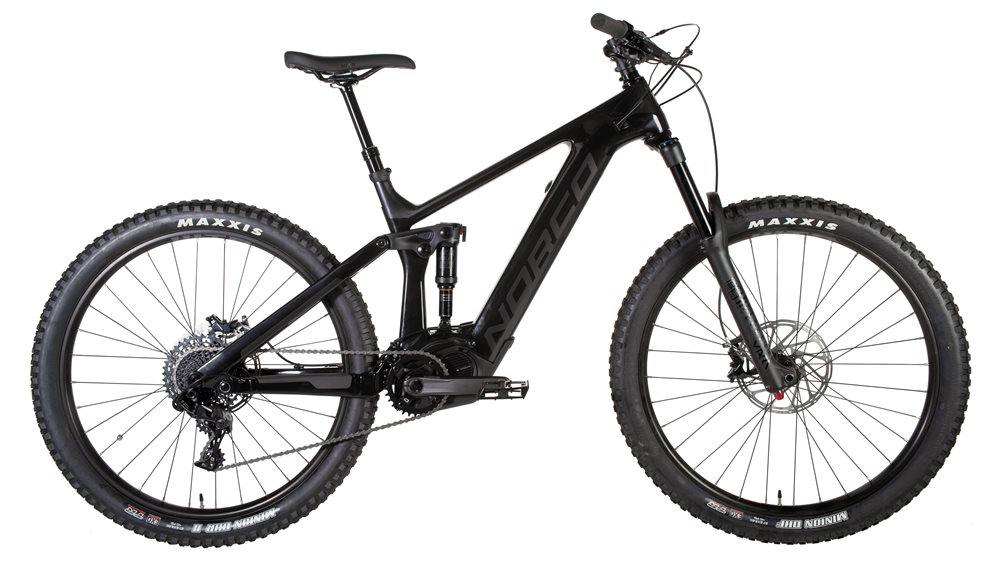
Ever wonder what lies beyond your favorite trails or wondered what it would be like to clear that impossible climb? Mountain e-bikes provide just enough extra oomph to let you explore more, attempt new challenges, and carry more gear. They are also a great option for recovery days without having to jump on a road bike or trainer. So, get out and make that hot lap even longer without worrying about racing the clock.
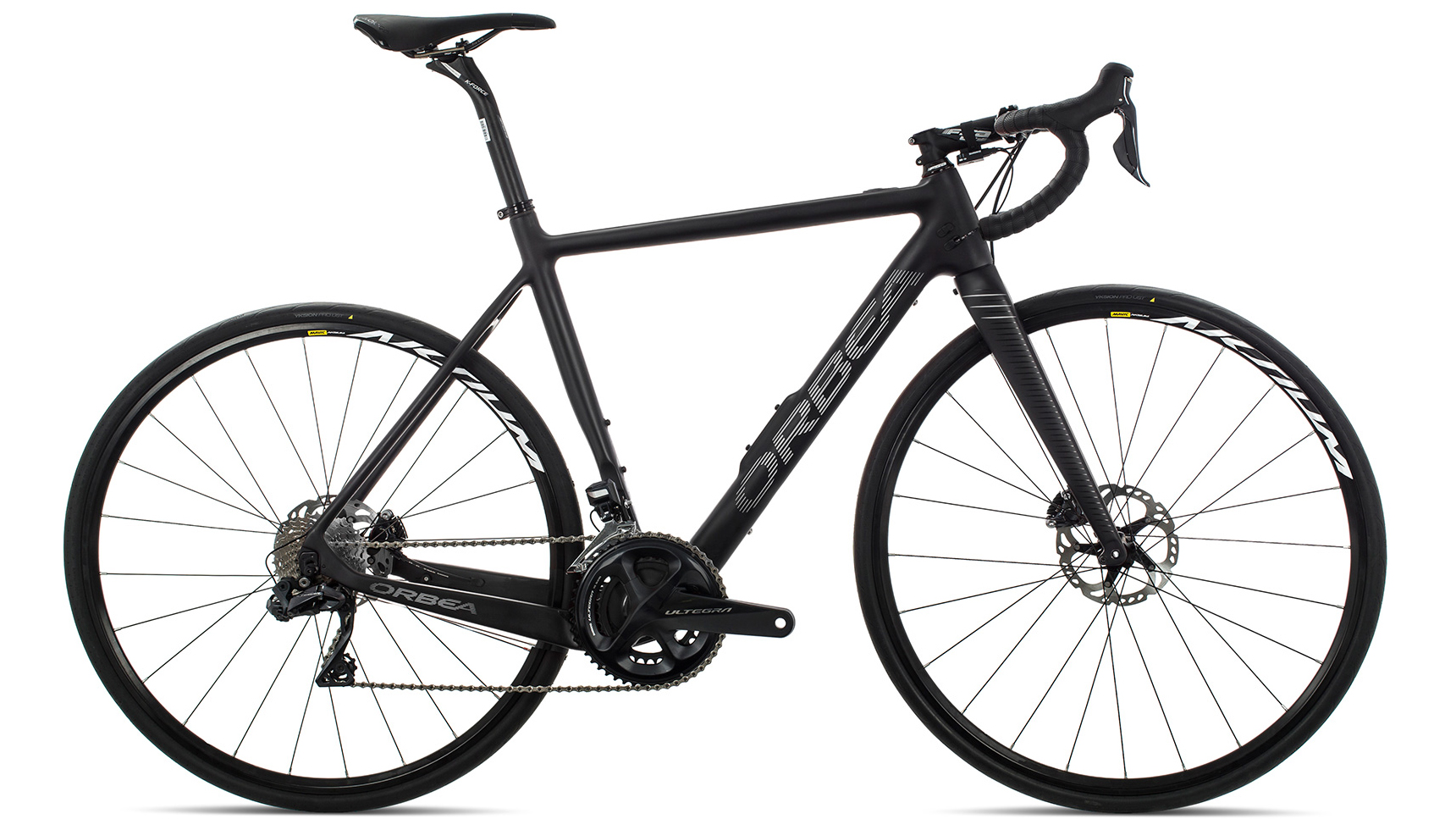
Whether your goal is to ride beyond your borders, to be able to hang with a stronger riding partner, or keep your recovery days fun, e-road bikes will give you the assistance to push farther and harder than ever before. Plus, an e-road bike can make your daily commute within biking distance and let you avoid sitting in bumper-to-bumper traffic.
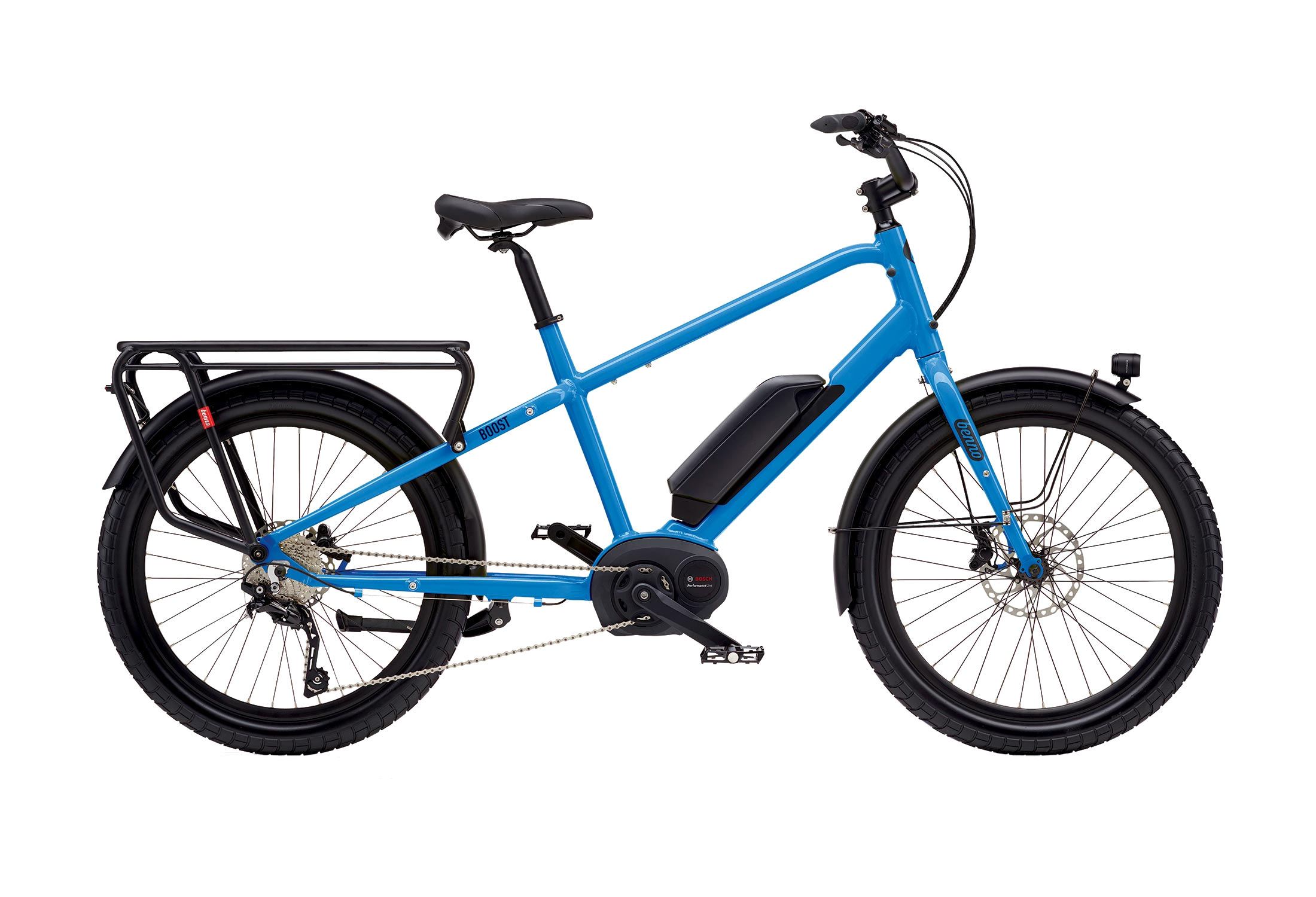
Looking to ditch your car for your daily commute? Need a good way to haul groceries or kiddos? Built with comfort and cargo in mind, commuter e-bikes are a great way to get where you need to go without breaking a sweat. Match your commuter setup to the myriad of accessories to meet your cargo carrying needs.

While e-bikes are very similar to their human-powered pedal siblings, they do add some new additional considerations for state and local policies. Generally, e-bikes are allowed to ride on city streets, but things can get a bit less clear after that because of the evolving laws and regulations. PeopleforBikes is putting a lot of effort into coordinating state and local policies to help reduce confusion. Their e-bike model has been adopted by several states already and they are pushing for adoption nation-wide. Learn about the regulations in your area using their state-by-state e-bike guide. You can use this resource to check for licensing, registration and age regulations in each state.
There are a few different ways that e-bikes can apply their power assistance, limits to top speeds, and how the rider controls the power output. These factors meant that e-bikes needed a classification system to help create proper rules around their use on trails and on city streets.
Class 1: The motor assists the rider only while actively pedaling, and the motor assist stops when you reach 20 mph. This is the most common class and is the primary style of e-assist for mountain bikes.
Class 2: Use pedal-assist mode up to 20 mph, but class 2 e-bikes also have a throttle-only mode that doesn’t require any pedal input from the rider. This is the only class with this mode. Class 2 bikes face a lot of regulations and state/local laws as to where they can be ridden and are banned in many areas.
Class 3: Works like Class 1 (pedal-assist only), but the additional motor-assist cuts out at 28 mph. These are primarily allowed on city streets and are found on commuter and road bikes where the extra speed helps them flow with traffic better.
WHAT IS AN E-BIKE? | WHY CHOOSE AN E-BIKE? | TYPES OF E-BIKES | BATTERIES, MOTORS & RANGE | FEATURES & ACCESSORIES | SHOP E-BIKES

When selecting an e-bike, the primary question to answer is determining the balance between power, capacity, and range that you'll need. Designers work to match these needs to the specific type of bike they design, but there are tradeoffs that must be made. Be sure to consider your riding conditions, terrain, and weather when selecting your e-bike.
WHAT IS AN E-BIKE? | WHY CHOOSE AN E-BIKE? | TYPES OF E-BIKES | REGULATIONS | FEATURES & ACCESSORIES | SHOP E-BIKES
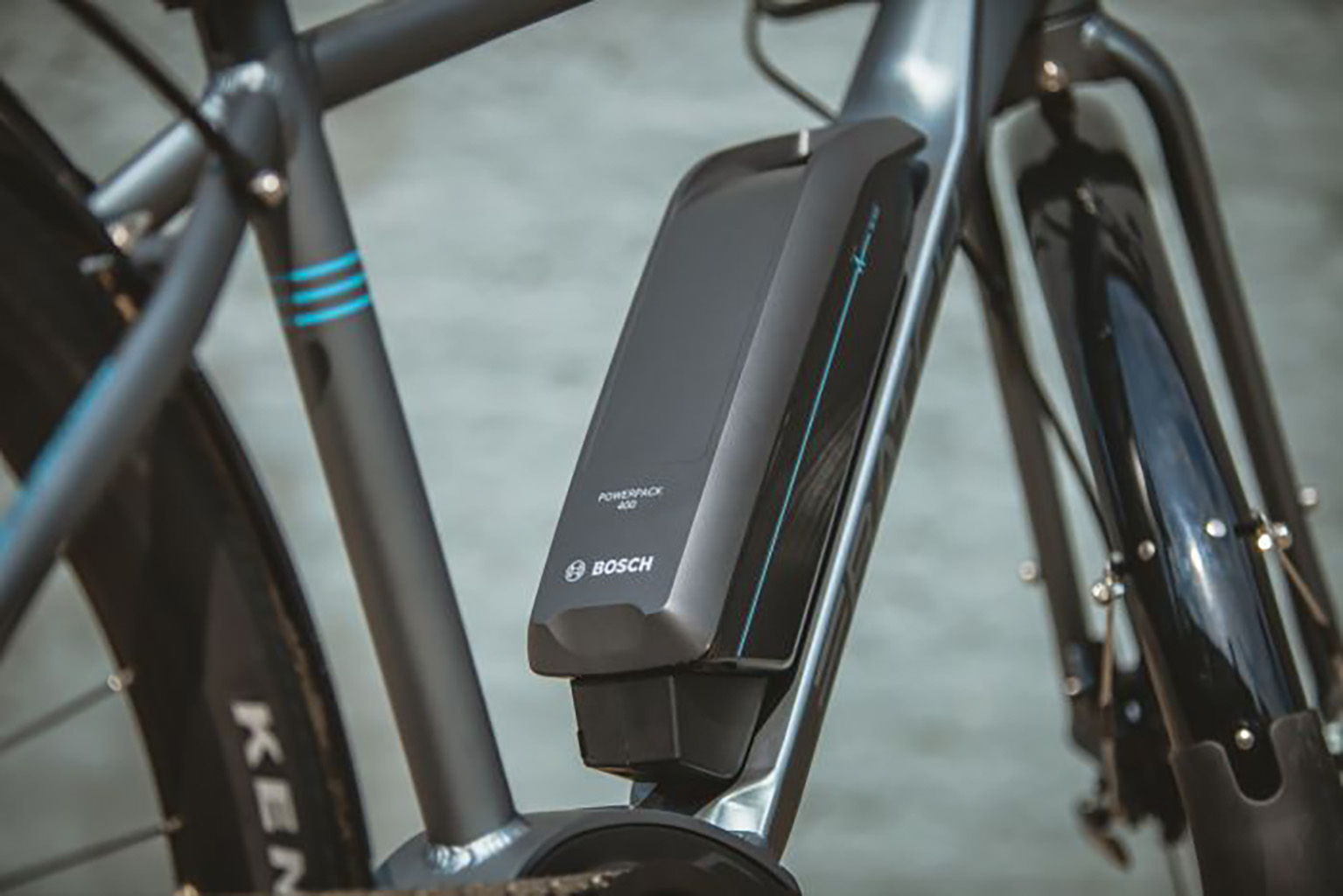
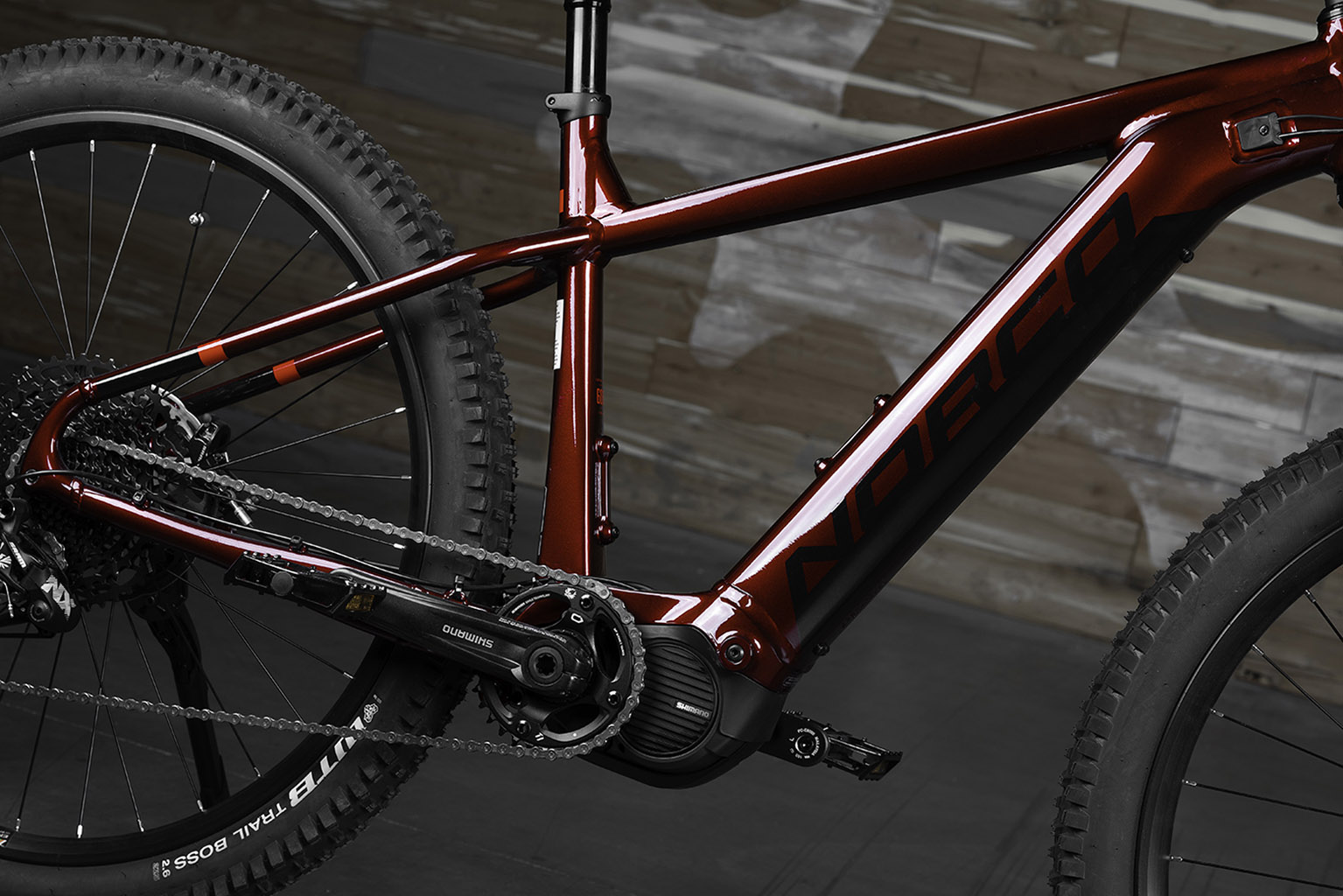

As with any bike, there's a lot more to consider than just the frame. For an e-bike, your search begins at your riding style and motor/battery needs but you will want to compare other features, components, and accessories, as well. Plus, you'll want to be sure you are finding the correct fit in order for you to be comfortable throughout your ride.
WHAT IS AN E-BIKE? | WHY CHOOSE AN E-BIKE? | TYPES OF E-BIKES | REGULATIONS | BATTERIES, MOTORS & RANGE | SHOP E-BIKES
SHOP NOW
SHIP ALMOST ANYTHING & SAVE
SHOP NOW
SHOP NOW
SHOP NOW
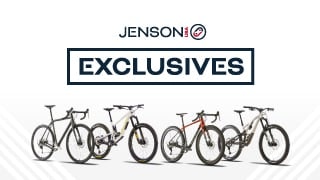



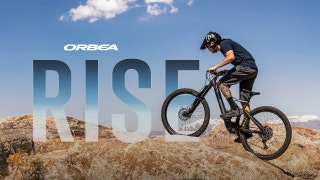
Follow Jensonusa